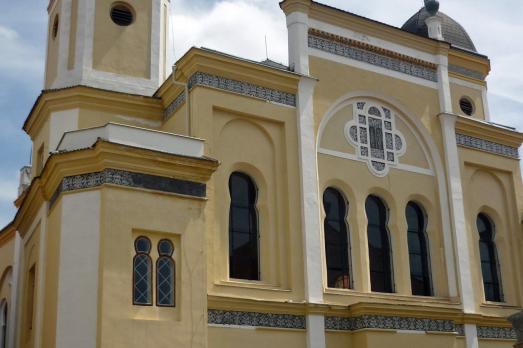
Synagogue in Žatec
Žatec, CZ
The Synagogue in Žatec is an Ashkenazi synagogue completed in 1872 by architect Stanĕk. The synagogue was rebuilt in 1911 and 1997. In use until 1938, this Neo-Moorish brick building now serves as a cultural centre.
Here you can search for a building to visit. You can use the map find destinations, or you can use the filters to search for a building based upon what different criteria.

Žatec, CZ
The Synagogue in Žatec is an Ashkenazi synagogue completed in 1872 by architect Stanĕk. The synagogue was rebuilt in 1911 and 1997. In use until 1938, this Neo-Moorish brick building now serves as a cultural centre.
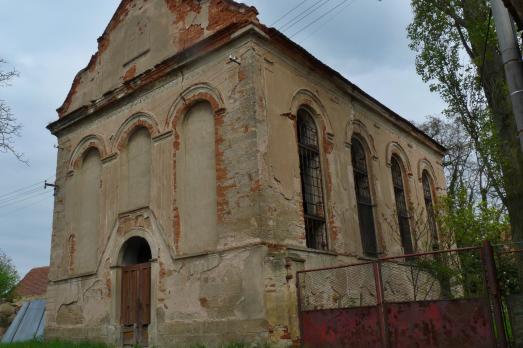
Bohemia, CZ
The Synagogue in Zderaz is an Ashkenazi synagogue from the 19th century. This brick building now serves as a storage.
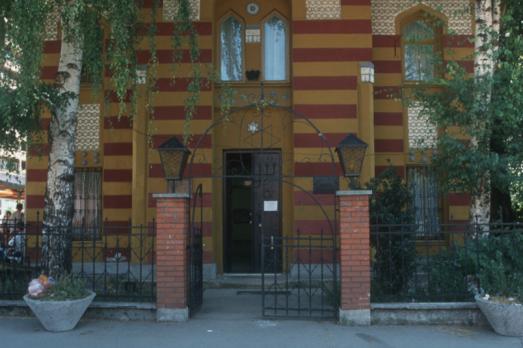
Zenica, BA
The Zenica Synagogue is a Sephardic synagogue built in 1903. This neo-Moorish brick synagogue was used until the Second World War and is now a museum.
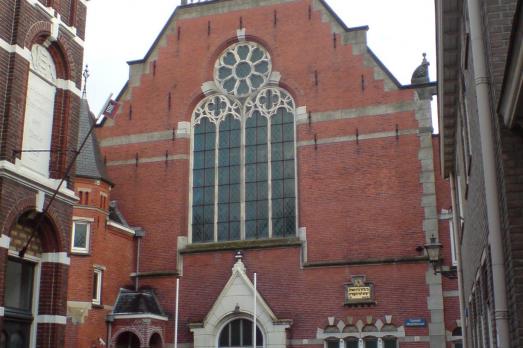
Zwolle, NL
The Synagogue in Zwolle is an Ashkenazi synagogue completed in 1899 by architects F.C. Koch and I. Gosschalk. The synagogue was restored in 1991. This brick building still serves as a synagogue.
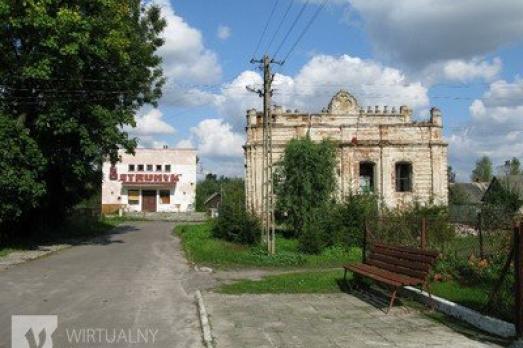
Łaszczów, PL
The Synagogue in Łaszczów is an Ashkenazi synagogue built in the late 18th century. Restored in the 1960s, this Baroque brick synagogue is now abandoned.
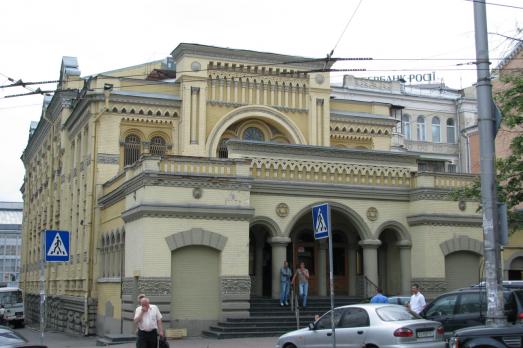
Kyiv (Kiev), UA
The Lazar Brodsky Synagogue in Kiev is a neo-Russian style synagogue from 1897-98. The architects of the synagogue are Georgii Shleifer for the initial building, and Yu. Paskevich for the restoration in 2000. The synagogue was taken out of use between 1926 and 1997.
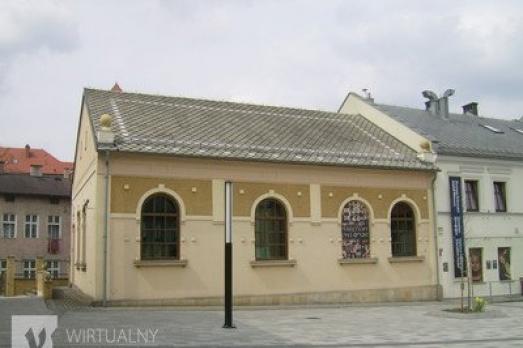
Oświęcim, PL
The Synagogue of Lomdei Mishnaiyot in Oświęcim is an Ashkenazi synagogue completed in 1918, restored in 2000. This Neo-Romanesque brick building still serves as a synagogue.
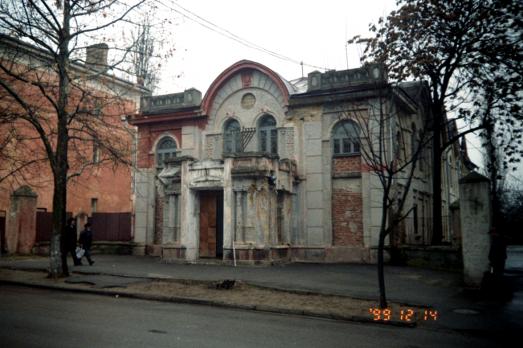
Kherson, UA
The Habad Hasidim Synagogue in Kherson is a Hasidic synagogue completed in 1895. This brick building is being used as a synagogue again after being decommissioned during the post-war period.
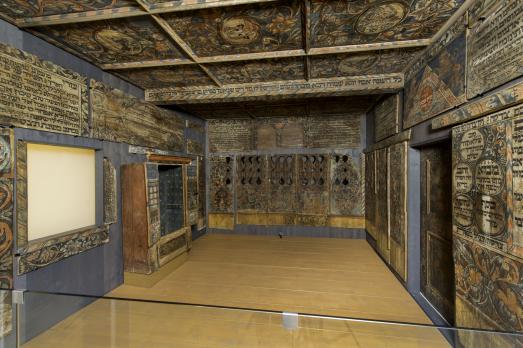
Schwäbisch Hall, DE
The Synagogue of Unterlimpurg in Hällisch-Fränkisches Museum dates from 1738-39. The synagogue was in use until 1809. The wooden building now serves as a museum.
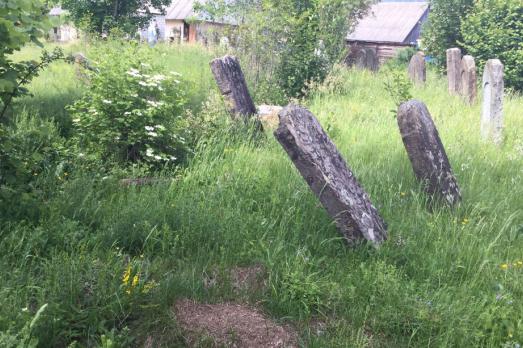
Synevyr, UA
The exact period of the cemetery’s establishment is unknown, but according to the dates on the preserved gravestones it can be assumed that the cemetery emerged at the beginning of the 19th century. First, it appears on cadastral maps of 1864.

new
Nestled amidst the serene landscapes of the Harz region, lies a hidden gem for nature enthusiasts and history buffs alike - the Harz Monastery Hiking Trail. Lace up your hiking boots and embark on this captivating adventure that will transport you back in time.

The Holy Mile (Miglio Sacro) of Naples is a one-mile-long itinerary, through sacred places linked to the city's patron saint, San Gennaro, in the Rione Sanità district. Discover the city from a new perspective with this unique walking tour.

As a university city, cultural offerings abound in Tartu and will reach their peak after being designated one of three European Capitals of Culture for 2024. In this list, we've compiled the most interesting sacred places to visit in and around the old town.